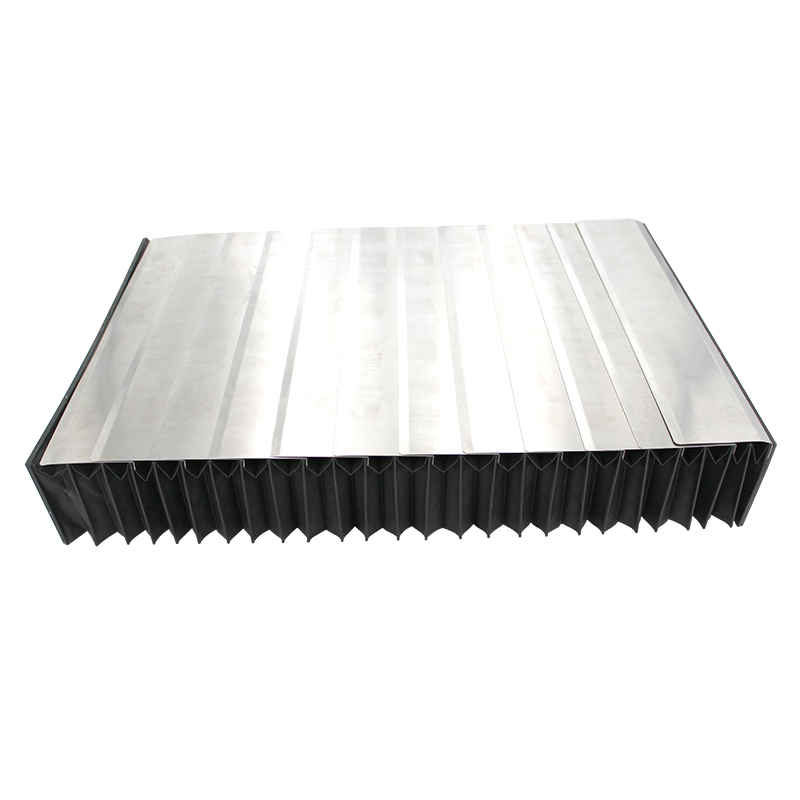CNC Drag Chains for Efficient Cable Management and Improved Machine Performance
CNC Drag Chains Enhancing Efficiency and Organization in CNC Machines
In the realm of modern manufacturing, the importance of precision and efficiency cannot be overstated, especially when it comes to CNC (Computer Numerical Control) machines. A crucial yet often overlooked component that plays a significant role in the optimal functioning of these machines is the drag chain. CNC drag chains serve not only to protect vital cables and hoses from wear and tear but also to enhance overall operational efficiency. This article will delve into the significance of drag chains, their design, benefits, and applications in CNC operations.
Understanding CNC Drag Chains
CNC drag chains, also known as cable carriers or energy chains, are mechanical systems that guide and protect flexible cables, hoses, and tubes in various machinery. These chains are designed to manage the movement of these components efficiently, ensuring that they can move freely without tangling or becoming damaged. They are essential for machines that require a high degree of mobility, such as CNC milling machines, laser cutters, and 3D printers.
The drag chain typically consists of a series of interconnected links, which create a channel for the cables and hoses. When the machine moves, the drag chain moves with it, preventing any potential snagging or damage to the cables. This not only prolongs the life of the cables but also prevents costly downtime due to maintenance or repairs.
The Design of Drag Chains
The design of CNC drag chains is critical to their function. They come in various sizes and shapes, tailored to accommodate different types of cables and hoses. Some chains are designed for heavy-duty applications, capable of withstanding extreme temperatures and environments, while others are more suitable for lighter applications.
Typically, drag chains are made from durable materials such as plastic or steel, which helps in ensuring their longevity. The interior of the chain is often modular, enabling easy customization to fit specific applications. Additionally, manufacturers often design drag chains to be lightweight to minimize the impact on machine dynamics while ensuring they remain robust enough to handle repeated motion.
Benefits of Using CNC Drag Chains
cnc drag chain

1. Organization and Efficiency One of the primary advantages of using drag chains is the organization they bring to a workspace. By neatly arranging cables and hoses, drag chains prevent clutter, reducing the risk of accidents and improving accessibility during maintenance.
2. Protection of Cables and Hoses Drag chains act as a protective barrier against abrasion, heat, and chemical exposure, which can significantly increase the lifespan of the cables and hoses they protect. This reduction in wear and tear leads to lower replacement costs and less downtime.
3. Enhanced Mobility In CNC applications, machines often require a high degree of movement. Drag chains allow for smooth and uninterrupted motion, which not only increases the efficiency of the machine but also contributes to better precision in production.
4. Customization Many manufacturers offer customizable drag chains that can be tailored to specific needs. Whether it's the size of the chain, the type of materials, or additional features like bend radius options, customization ensures that each drag chain is perfectly suited for its application.
Applications of Drag Chains in CNC
The use of drag chains extends across various CNC applications. In CNC milling machines, they help manage the movement of power cables and coolant hoses, ensuring that these components operate efficiently without hindrance. In laser cutting machines, drag chains protect fiber optics and control cables, helping to maintain consistent performance. Furthermore, in industries such as robotics and automation, drag chains facilitate the seamless operation of robotic arms by keeping necessary cables organized and safeguarded.
Conclusion
CNC drag chains are an integral part of modern CNC machinery, providing essential benefits that contribute to the overall efficiency, safety, and longevity of manufacturing processes. By investing in high-quality drag chains and ensuring they are properly integrated into CNC machines, manufacturers can optimize their operations, reduce downtime, and ultimately enhance productivity. As the landscape of manufacturing continues to evolve, the role of drag chains will remain vital in achieving the precision and efficiency that modern industries demand.








